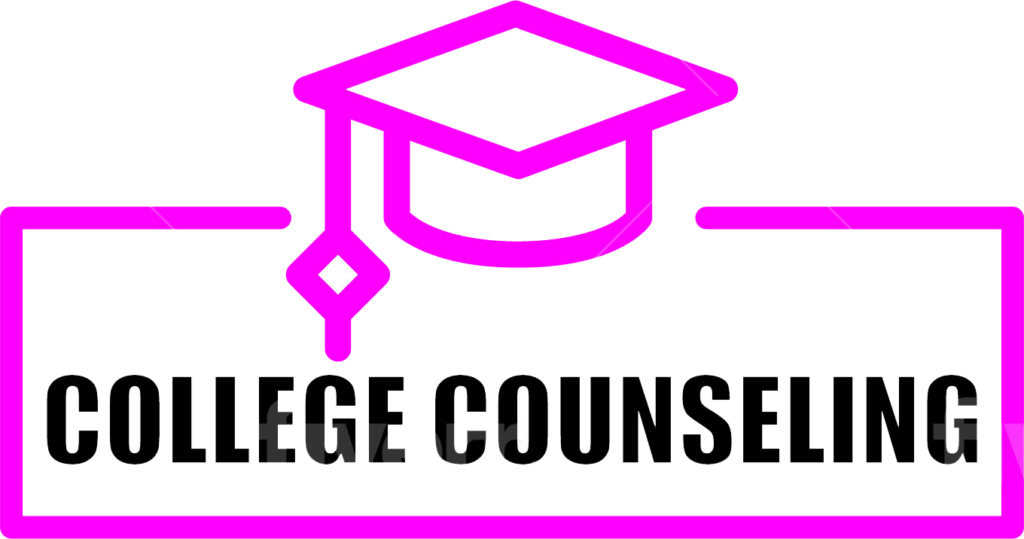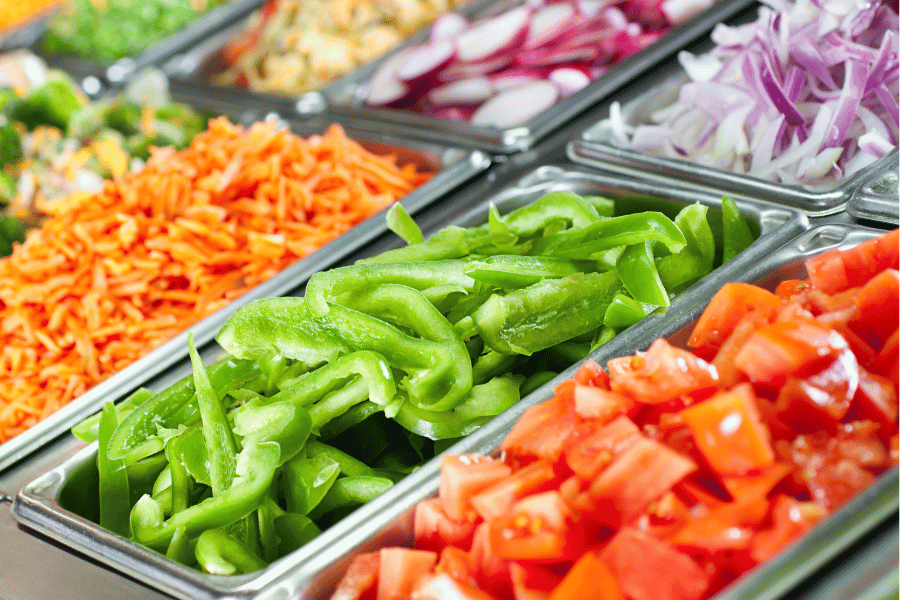Some TikTok videos about health and fitness are hard to resist. People describe how they lost weight by eating only raw fruits and vegetables for a month or by substituting protein powder in place of flour or sugar. How many people take these recommendations to heart? What happens if they do?
Jason Wood was one of them. “I would sprinkle [protein powder] on top of a peanut butter sandwich or a yogurt just to make what I was eating seem healthier,” he said.
But Wood’s practice of adding protein powder to make his foods healthier wasn’t healthy. Eventually, Wood was diagnosed with orthorexia, an obsession with nutrition. Orthorexia is an eating disorder that differs significantly from better-known eating disorders like bulimia — bingeing and vomiting the food afterwards — and anorexia — not eating at all.
Wood now works with the National Association of Anorexia Nervosa and Associated Disorders and speaks to audiences about eating disorders.
Studies in Australia, Turkey and the United States have found that the viewership of TikTok lifestyle influencers has led to an increase in orthorexia symptoms, which are not well understood by popular culture and are not explicitly defined in psychiatric textbooks.
Avoiding what’s bad isn’t always good.
Rachel Hogg, psychologist and researcher at Charles Sturt University School of Psychology in Australia, defines orthorexia as “the avoidance of foods that are unhealthy or impure.”
The term was first coined in 1996 by California doctor Steven Bratman after he decided to eat only clean, nutritious foods. Eventually his research led him to narrow his food options so much that he cut out entire food groups which caused him physical suffering.
Wood recalls being freezing cold in the middle of summer with his whole body hurting and frequent dizzy spells. Because it’s an outgrowth of healthy eating, the condition is difficult to identify, says Hogg, who calls it “the wolf in sheep’s clothing.”
Experts feel it is time people paid attention to the risk of developing orthorexia when exposed to high amounts of TikTok content.
Todd Minor Sr. lost his youngest son Matthew in 2019 to the TikTok “Blackout Challenge”; people who took the “challenge” would have themselves choked till they blacked out. In a January 2025 edition of Tech Policy Press, Minor called for social media warning labels as a public health tool. “These labels have a proven track record of raising awareness about the risks of dangerous products, especially among young people,” he wrote.
People don’t know what’s bad for them.
Warning labels inform the consumer of the potential risk of product use and advise limiting dangerous exposure to vulnerable groups of people to avoid premature death or disability. According to orthorexia experts, all of these needs exist when it comes to TikTok.
Hadassah Johanna Hazan, a licensed clinical social worker in Jerusalem, knows firsthand how the public is painfully unaware of the dangers of orthorexia from talking to her patients. She describes how over the last 10 years ideal beauty has increasingly been defined as a fit and toned physique for both men and women.
This has led people to normalize eating patterns that Hazan describes as “very limiting at best and very harmful and unhealthy at worst.” She said constant and regular avoidance of food groups such as carbs or regularly substituting protein powders for ingredients such as sugar become addictions that her patients do not know how to stop.
Even those who teach healthy eating can fall into the orthorexia trap. Research published in the June 2021 supplement of American Society of Nutrition by a group of researchers in the U.S. state of Washington indicated that knowledge of orthorexia was low both in the general public sample group and in the sample group of nutrition students.
In fairness to TikTok, the social media giant has established an eating disorder safety page but the term orthorexia is never mentioned and there is no mention of content on TikTok being linked to eating disorders.
A balanced diet is best.
Another group of people who seem ignorant of the risk is the group of TikTok health and fitness influencers who are the ones putting out #WIEIAD (What I Eat In A Day) video diaries and other similar content.
Elaina Efird, registered dietician nutritionist and TikTok body positivity influencer, said that influencers don’t realize how much they are entrenched in the problem. What motivates these influencers, she said, is that they either truly believe what they are advertising is healthy or they are so distressed by the alternative of being in a larger body that they overlook the harm in what they promote.
As a TikTok influencer, Efird creates a space where all body sizes are valued and she wants viewership of her positive message to grow. But as a provider of healthcare to eating disorder patients, she also recognizes her moral responsibility.
“I tell my clients that if they’re struggling, don’t be on TikTok,” she said. This insight comes from an understanding that certain groups of people are at a higher risk of being triggered by TikTok videos than others.
Hogg shares this understanding and even used it when co-designing a research study with fellow researcher Madison R. Blackburn that was published in the peer-reviewed journal PLOS One in August 2024.
Each participant was screened to make sure they did not have past or present eating disorders before being asked to watch up to eight minutes of TikTok content, which is the equivalent of just over 50 videos.
Algorithms don’t know what’s best for us.
Hogg said that the sad truth is that an eating disorder patient in remission might search for a body positive video but then suggestions pop up on the TikTok homepage, which is called #ForYou, that might tout orthorexia. She called the algorithm of TikTok a “blunt instrument.”
Another vulnerable population with strong connections to TikTok are teens and pre-teens. According to a Statistica 2022 survey, 68% of pre-teens were using social media applications and 47% of respondents ages 11–12 were using TikTok in particular. As Hogg put it, TikTok is powered by “young people creating content for young people.”
The disturbing reality known by psychiatrists is that pre-teens are at the highest risk of developing eating disorders because symptoms manifest typically during adolescence.
But what scares the public most about any disease is its lethality. According to an article published in February 2021 by the American Society of Nutrition, some 10,200 people die each year in the United States from eating disorders.
Even when death is avoided, an obsession with nutrition can lead to nutritional deficiencies, compromised bone mass, extreme weight loss and malnourishment, including brain starvation, even if that seems counterintuitive. And none of that even touches on the effects on mental or emotional wellbeing.
Now that Wood is in remission he wants the label “healthy” to be redefined to indicate support of mental, emotional, social and spiritual health and not just support of physical health.
Individuals, he said, should stick to positive reasons for engaging with social media such as community building and avoid using it to make harmful comparisons.
Questions to consider:
1. How do psychologists define orthorexia?
2. How does orthorexia differ from anorexia or bulimia?
3. Has social media influenced what you eat?

